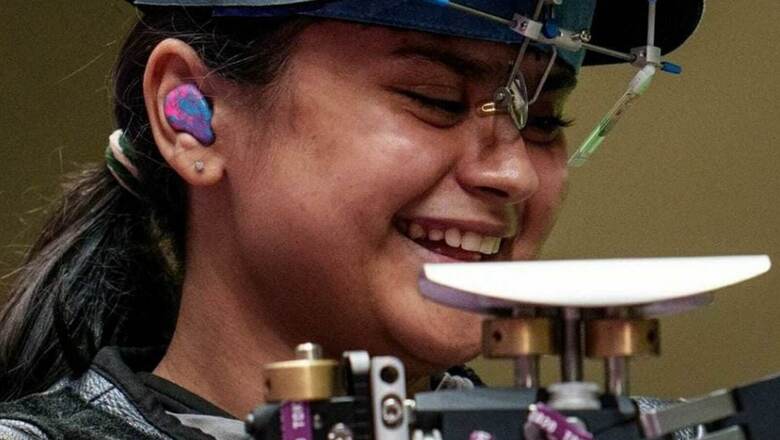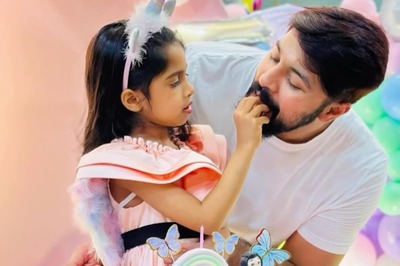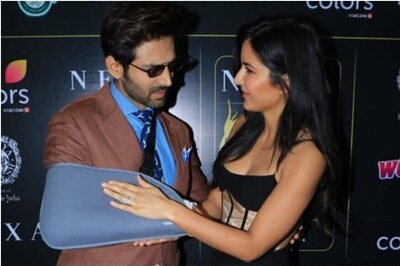
views
The 2020 Olympics have been richly rewarding for India, both in the Summer Games and the ongoing Paralympics. This suggests some kind of awakening—in the government, national sports federations, athletes, and fans—though to what extent can only be known in the next decade or so.
Seven medals in the Summer Games may not seem hefty for a country of 1.3 billion+. It was also short of the 12-14 medals expected by those in authority for sports in India. But that is only if assessed at face value. Behind that lies what might have been at Tokyo, and what is possible going ahead.
Had shooters and archers delivered even half of the 6-8 medals they were projected to win, the tally would have been in double figures, and almost doubled the previous best performance at Olympics, six medals at London in 2012. The seven medals this time may seem like incremental improvement. However, Neeraj Chopra’s gold medal in the Javelin throw is a game changer, with humungous long-term implications.
Before Tokyo 2020, a medal for India in track and field looked 25-30 years away, so far behind was the country in this discipline. A gold medal was an impossibility for at least half a century, said experts and aficionados. With spectacular throws that left his rivals stupefied and had the world agog, Neeraj Chopra not only shattered all such compunctions, but has opened up a whole new vista for Indian sports.
ALSO READ | The Paralympics: Spotlighting the Resilience of the Human Spirit
The self-confidence of the 23-year-old allied with skills and desire to win showed that Indian athletes could compete with the best at the highest level. There was nothing tentative or apprehensive about Neeraj’s demeanour in the event, which included the world no. 1 and a few others whose personal best throws were ahead of him by a few metres.
Neeraj overcame all these handicaps with his staggering performance, and with undisguised swagger and clever gamesmanship. In the qualifying round, he decided his first throw was good enough, and didn’t attempt another! This obviously put his rivals under pressure, and none could better him in the final.
I see Neeraj’s gold medal inspiring millions of young boys and girls in the country to take to sport: not just javelin or track and field, but every discipline, going ahead. The psyche of Indian sportspersons—active and budding—has been transformed. The lack of self belief has been conquered. It will be thoroughly disappointing if India don’t hit the double-digit tally in Paris 2024.
I won’t dwell longer on India’s performances in the Tokyo Summer Games as these have been dealt with in detail, and rather focus on the ongoing Paralympics where the Indian contingent has been performing exceptionally. The tally reads 15 medals on Saturday afternoon, which is already 11 medals more than Rio 2016. Of these, 3 are gold medals, one better than Rio so far.
This tally could go up further. Even if it doesn’t, this has been quite a feat by the para athletes. Usually, their achievements don’t get much attention since the Paralympics are held a couple of weeks after the Summer Games are completed, life goes back to normal, and sports pages are deluged with stories of regular events that have resumed.
This year has been noteworthy for the sheer regularity with which India’s para athletes have been excelling, and in diverse events. Mind you, the first time India sent athletes (10 of them) to the Paralympics was way back in 1968 when the event was held in Tel Aviv.
The first medal won by India (incidentally gold) was in the next Paralympics held at Heidelberg 1972. After missing the next two Games, India has been sending a contingent regularly since 1984, with modest results and very little awareness in the public at large about the event.
What’s made the difference this time?
Quite a few factors. Greater government support has been crucial. In 2012, the contingent was 10-member strong, in Rio the number rose to 19, in Tokyo it has swelled to 54. More athletes participating would lead naturally to more medals, but what’s pertinent is the growth in the number of para athletes at the grassroots and junior levels, and the support available to them from government and quasi-government sources apart from national associations.
The role of medal-winning athletes like Deepa Malik, Devendra Jhajharia, Mariyappan Thangavelu in the last decade to take the message of para sports to the media through their own efforts as well as lobby with the government for better facilities and grants can’t be overlooked.
It is their relentless and sterling work, on and off the field, that has seen physically challenged people cast aside their complexes and concerns and get into sports in the last decade and more, which has led to young athletes like Avani Lekhara, Sumit Antil, Manish Narwal, Bhavani Patel and others win medals at Tokyo this year.
While para athletes obviously can’t compare with normal athletes in terms of timings, scores and other such stats, they are not a whit behind where commitment towards pursuing excellence is concerned. And each participant is a saga of overcoming heavy odds, physical and psychological.
The most extraordinary and inspiring thing I’ve found in my interactions with them is the complete lack of self pity. Remorse at what fate has held out for them has been sublimated and replaced by courage, resilience and ambition. Speak to them, and you discover people of such confidence and conviction in their abilities as to be role models for the rest of us.
Para athletes are worthy of attention, because it is a story beyond just sport with important ramifications for society and country. It will help create greater sensitivity towards the physically challenged which in turn will make for a more inclusive and richer (not in the monetary sense) society.
The author is sports commentator and columnist. He tweets @cricketwallah. The views expressed in this article are those of the author and do not represent the stand of this publication.
Read all the Latest News, Breaking News and Assembly Elections Live Updates here.


















Comments
0 comment